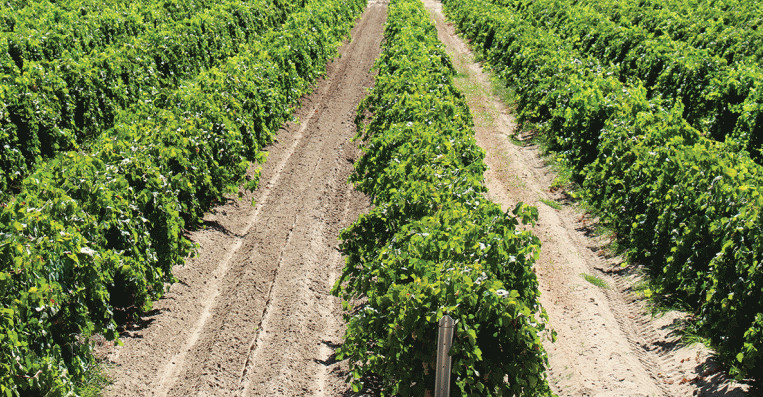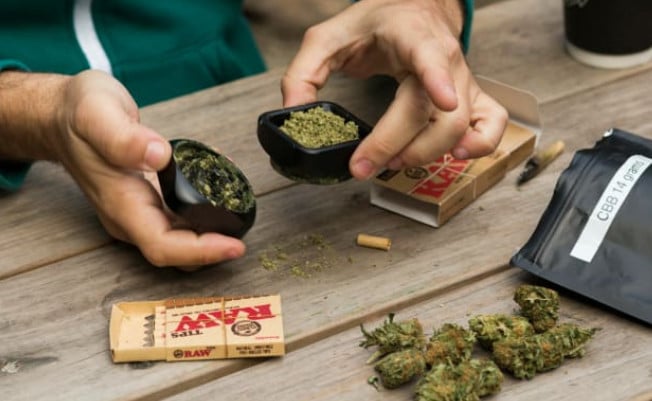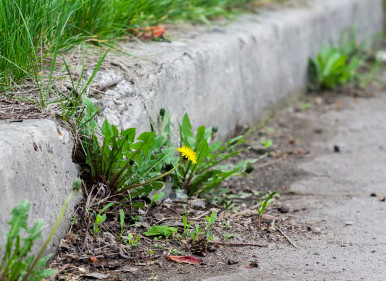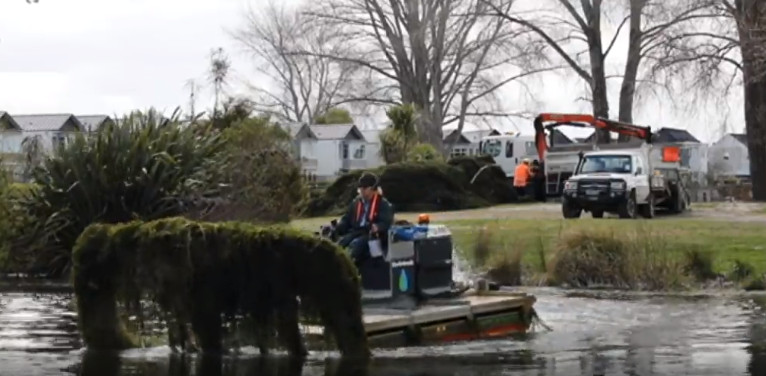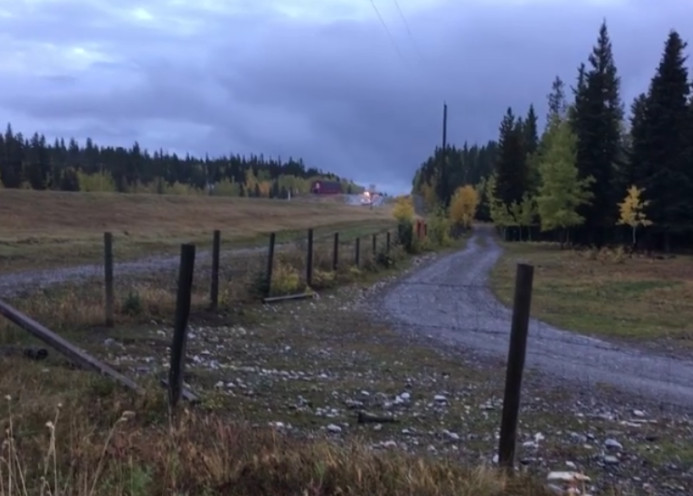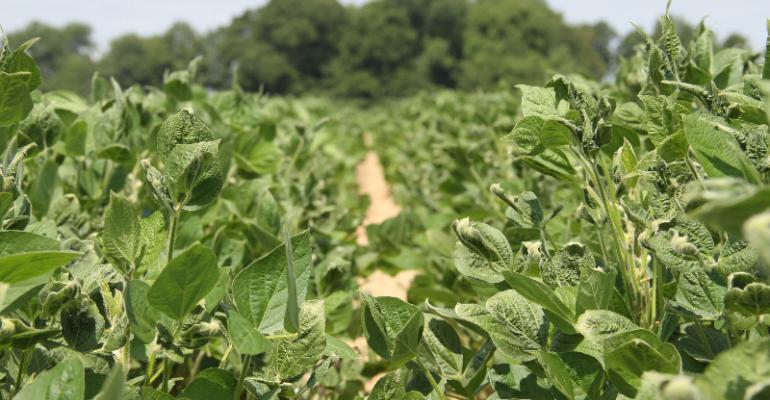In the hot summer months, activities in vineyards — as well as orchards and other farm fields — can kick up a lot of dust. And aside from causing soil erosion, tissue damage, reduced photosynthesis, and other troubles, wind-blown dust can complicate weed control, a University of California Cooperative Extension advisor says.
That’s because dust can reduce the efficacy of glyphosate, which is an important tool for the management of weeds in vines and elsewhere, according to Lynn Sosnoskie, agronomy and weed science advisor based at Merced.
Glyphosate is one of the most widely-used herbicides for weed management in the U.S., becoming a popular crop protection chemical because of its systemic nature, broad spectrum of weed control, and lack of soil residual activity.
“The adoption of glyphosate has been facilitated, at least in part, by its relative lack of soil activity,” she writes in a post on the UC Weed Science blog. Glyphosate can become highly absorbed to soil particles, depending on clay and organic matter content, pH, carbon exchange capacity, and other factors, thereby reducing the potential for crop injury via root uptake.
DUST REDUCES EFFICACY
However, the ability of glyphosate to bind to soil sometimes reduces the treatment’s efficacy, she notes. For instance, dust that settles on weed leaf surfaces can negatively impact glyphosate performance because of binding and inactivation.
Sosnoskie points to 2006 research that showed that dust applied to the surface of eastern black nightshade (Solanum ptychanthum) and hairy nightshade (Solanum sarrachoides) reduced weed control, and greater amounts of dust further reduced the herbicide’s efficacy.
In another study, dust was deposited over the tops of plots of common lambsquarters (Chenopodium album), after which the scientists used water to remove the dust from half the plots before applying glyphosate. The area that was still dusty showed “visually reduced” weed control relative to the area that was washed, Sosnoskie says.
“Results from both sets of studies show that dust generation has the potential to significantly impact glyphosate performance.”
TIPS TO GROWERS
Many businesses market dust control solutions for farms, including some that are specifically geared to vineyards. Sosnoskie offers a few tips for growers regarding dust and its impact on weed control.
First, be mindful of how much dust is kicked up by cultivation, farm traffic, and other activities. Growers can make glyphosate applications in advance of crop production events that are likely to generate lots of dust.
Sprinkler irrigation may be able to remove dust from the leaves of weeds in some situations, but growers should wait until leaves have dried before spraying. In any case, spray before the next round of activities generate more dust.
Soil particles in spray water can also bind to glyphosate and reduce herbicide efficacy, so only clean water should be used to fill spray tanks.
To view her blog post, including images of examples and links to previous studies, go to https://bit.ly/2O4NBJm
Credit: www.westernfarmpress.com

